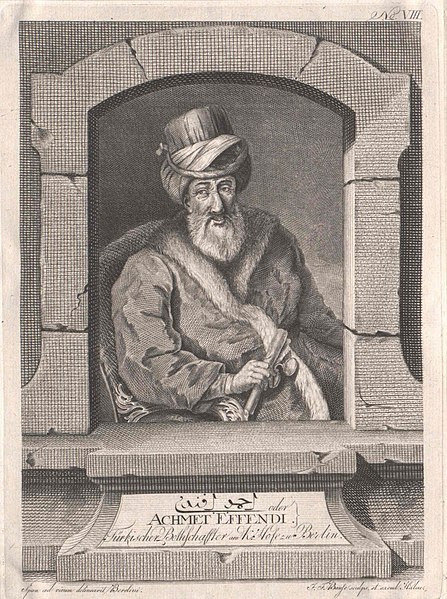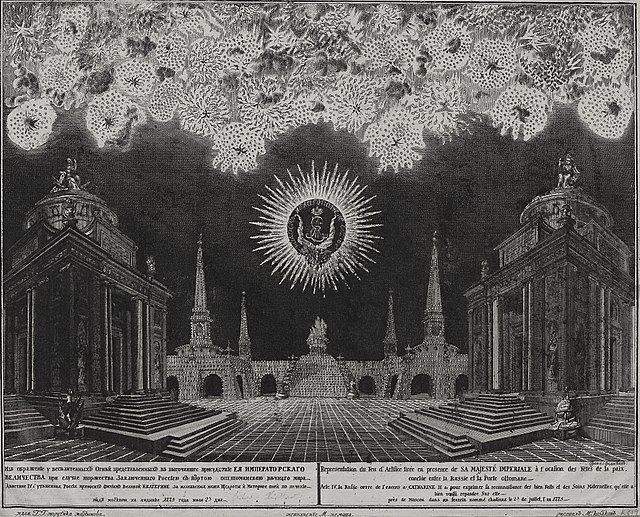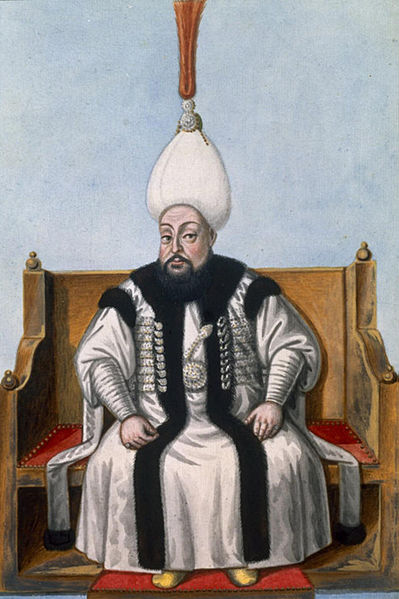The Treaty of Küçük Kaynarca, formerly often written Kuchuk-Kainarji, was a peace treaty signed on 21 July 1774, in Küçük Kaynarca between the Russian Empire and the Ottoman Empire, ending the Russo-Turkish War of 1768–74 with many concessions to Russia. The concessions to Russia are not merely territorial; not only are the territories of Romania and Crimea Khanate ceded, Russia also gains the right to construct a Greek Orthodox Church in Istanbul, claiming itself to be the protector of the Greek Orthodox Ottoman community, as a pretext for frequent and numerous interventions in the decades to follow. Ottoman Christians started to feel more empowered as European and Christian powers demonstrated their rising influence and political power. Access to Europe's political networks, markets and educational institutions created a class privilege for Ottoman Christians, and scholars often regard the treaty as turning point for relations between Ottoman Christians and the European nations.

Contemporary engraving related to the Kuchuk-Kainarji treaty
Ahmed Resmî Efendi, chief Ottoman negotiator of the treaty
Fireworks at the Khodynka Field near Moscow, a 1775 etching by Yemelyan Alekseevich Fedoseev in the National Museum in Warsaw commemorating celebrations and amusements on the occasion of the signing of the treaty
Russo-Turkish War (1768–1774)
The Russo-Turkish War of 1768–1774 was a major armed conflict that saw Russian arms largely victorious against the Ottoman Empire. Russia's victory brought the Yedisan between the rivers Bug and Dnieper, and Crimea into the Russian sphere of influence. Through a series of victories accrued by the Russian Empire led to substantial territorial conquests, including direct conquest over much of the Pontic–Caspian steppe, less Ottoman territory was directly annexed than might otherwise be expected due to a complex struggle within the European diplomatic system to maintain a balance of power that was acceptable to other European states and avoided direct Russian hegemony over Eastern Europe.
Allegory of Catherine's Victory over the Turks (1772), by Stefano Torelli.
Mustafa III in his royal robes
Equestrian portrait of Catherine in the uniform of the Preobrazhensky Regiment (by Vigilius Eriksen)
Battle of Kagul, Southern Bessarabia, 1770







